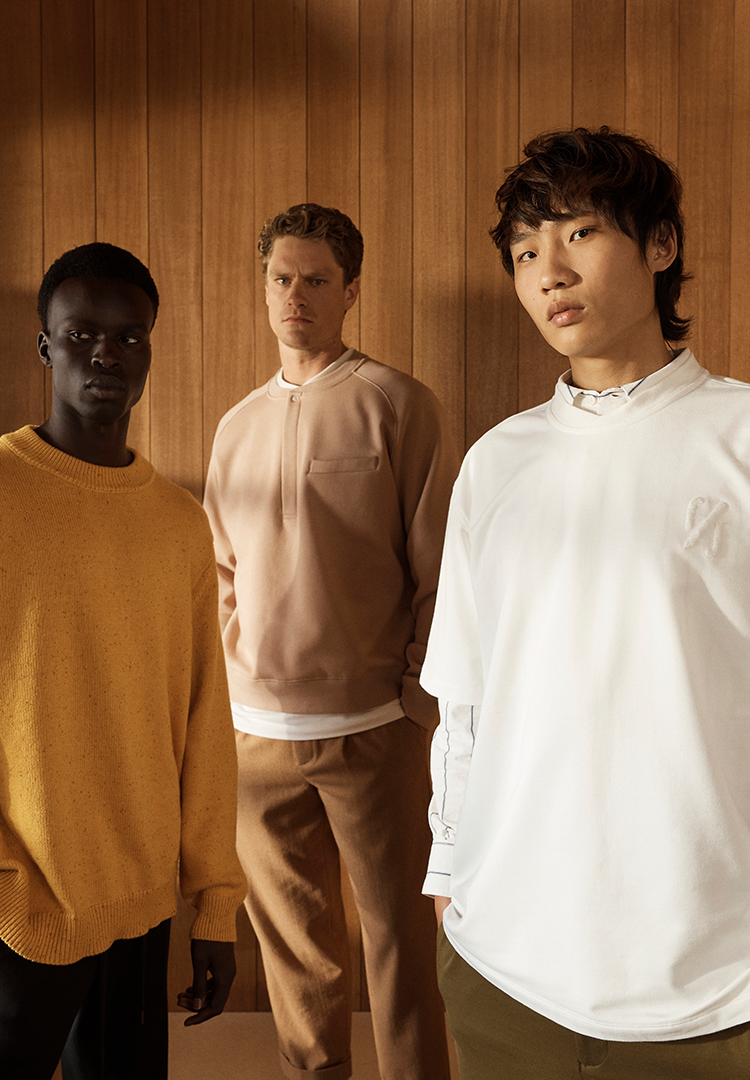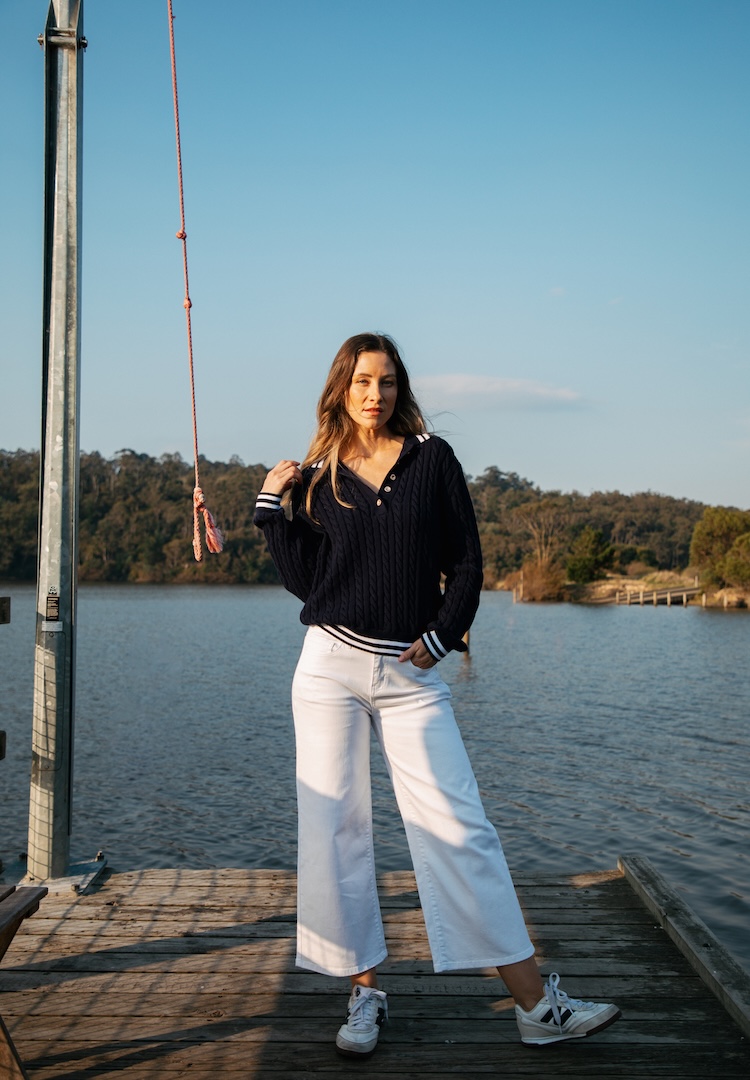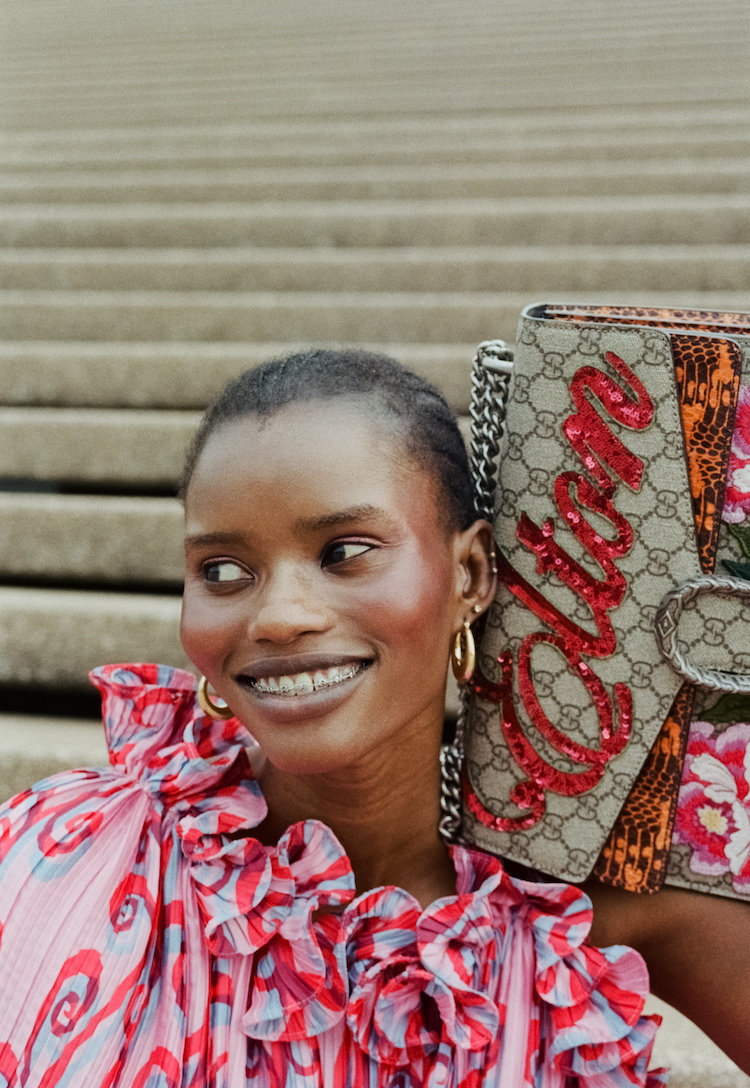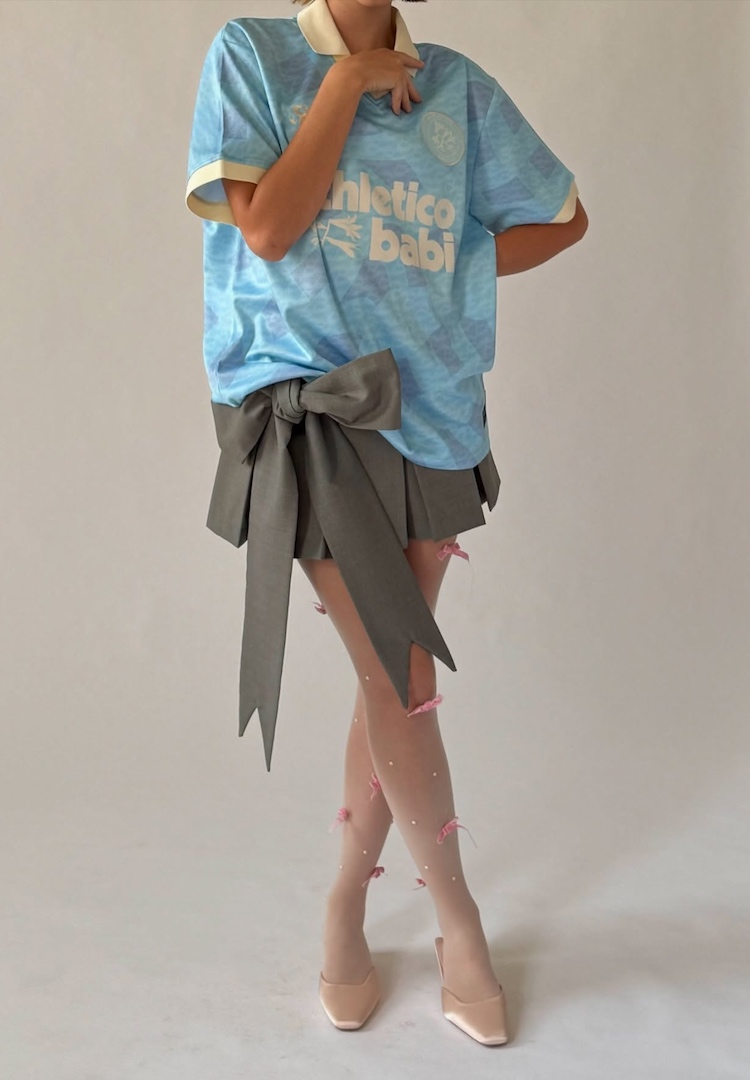Australian sustainability experts on the common mistakes brands make and what they are doing to address them
Image via @celestetesoriero/Instagram
Words by Sohani Goonetillake
“It’s a mistake to stop at offsets – that’s just compensation.”
The conversation around ethics and sustainability in fashion was once considered a left-field topic largely driven by NGOs, human rights advocates and environmentalists. But in 2022, these conversations are well and truly mainstream and the issues which drive them are broadly understood.
Now that sustainable and ethical values are qualities that make a brand marketable, it’s easy for brands to get lost in ethical spin and get stuck in a compliance mindset that sees sustainability as a series of boxes that need ticking. This mindset often goes hand-in-hand with their sustainability commitments falling well short of meaningful and tangible action.
For more fashion news, shoots, articles and features, head to our Fashion section.
Sustainability consultants and educators cut through the complexities of these issues to guide clients toward appropriate strategies for their businesses. Below, four educators and consultants who are leaders in driving social and environmental change in fashion weigh in on the challenges and common mistakes they’ve seen in the industry.
Melinda Tually, founder of Ndless: The New Normal

Image via Fashion Revolution
What’s a common mistake that brands make when attempting to reduce their environmental footprint?
It’s common now for brands to have numerous social and environmental time-bound targets. Measuring environmental footprints requires a lot of data. Data which many brands don’t yet have.
One of the most common hurdles to avoid is making commitments before establishing baselines and setting up data collection systems so that progress can be tracked.
What challenges have you faced in your line of work that you are working on addressing?
Some of the challenges that I work to overcome include:
Assisting brands to move from a compliance mindset to one of real impact. This can include taking steps ahead of their peers or investing in partnerships which may take time to deliver benefits.
Ensuring a worker-centric approach rather than a risk management one leads complex decision making when it comes to human rights issues. Ultimately, ethical sourcing efforts need to be designed to deliver benefits to workers in the supply chain.
Clare Press, founder of The Wardrobe Crisis

What’s a common mistake that brands make when attempting to reduce their environmental footprint?
People get confused over carbon neutrality as a concept or goal. It’s a mistake to stop at offsets – that’s just compensation. You need to actively work to bring your emissions down too.
What challenges have you faced in your line of work that you are working on addressing?
When I first began, it sometimes felt like no one was listening. It was hard to get sustainability stories into print. Editors weren’t particularly interested. Sustainability was still niche. Now it’s a non-negotiable, and a huge buzz. I can’t think of any brand that isn’t trying to improve in this space today. The new challenge is to cut through so much noise! And call out the greenwashing.
I think the biggest challenge for the industry is over-production. No one wants to slow down and make less product – or, by extension, money. But degrowth is the future of truly sustainable fashion. At the moment I’m running a masterclass series for the UN’s Ethical Fashion Initiative’s Designer Accelerator, and working with Zalando in Europe coordinating workshops for influencers. I’ve been hosting sustainability training sessions for Zimmermann, and with our own academy, we’ve partnered with Reformation to make our Sustainable Fashion 101 course available for all their staff, which is super exciting.
Celeste Tesoriero, Director and Sustainability Consultant at Sonzai Studios

Image via @celestetesoriero/Instagram
What’s a common mistake that brands make when attempting to reduce their environmental footprint?
Offsetting. Brands can be attracted to quick fixes, and solutions they can implement without needing the support of experts. Unfortunately without this expert advice, many are leaning on carbon offsetting without first truly understanding or measuring their impact. Planting a tree for every purchase is one example that is very problematic.
Finding ways to reduce their impact is what they actually need to look at first. To anyone with sustainability knowledge, offsetting without any reduction is actually just greenwashing.
What challenges have you faced in your line of work that you are working on addressing?
All brands need ongoing support with sustainability, but some brands still battle with allocating budget to the work. One challenge is to show them how sustainability initiatives actually save them money, so investing in doing it right and with an expert makes the best business sense.
I am also passionate about this knowledge being available to all, no matter the business size. I am trying to find creative solutions to make this happen because change on an entire industry level is what we need.
There are new opportunities in the field that allow me to use my creativity more actively which I am enjoying, such as the sustainable marketplace I curated for RiiseShop and the ten-point Climate Credentials framework I wrote that can be used to measure a brand or product’s environmental initiatives. I am also working on a deadstock project with Indigenous charity AIME, where brands get to use their deadstock for good [by] supporting the education of marginalised kids in need.
Sigrid McCarthy, Sustainability Specialist at Country Road Group and David Jones

Photography by Claire Summers
What’s a common mistake that brands make when attempting to reduce their environmental footprint?
The industry is moving so fast, with innovations and ‘solutions’ emerging seemingly every week. It can be tempting to jump on an opportunity and strive to be first in the market, but it is important for brands to consider whether something is the right approach to an environmental issue.
Does it address the root issue? Is it based on reliable data? Will it create a new environmental challenge? While it feels like I’ve been advocating for fashion reform forever, this space is still reasonably new and therefore, requires ongoing interrogation if we’re to drive real impact.
What challenges have you faced in your line of work that you are working on addressing?
Education is integral to revolutionising the fashion industry. What’s difficult for those who have their heads in the detail—those working in sustainability rather than straight fashion—is finding the right balance between informing and overwhelming.
I’m always reflecting on how best to connect with industry colleagues as well as citizens and reminding myself that everyone is starting with a different baseline of understanding or enthusiasm. This can be emotionally taxing, having the same daily conversations and not always getting the desired outcome. But I figure I’m more valuable beyond the comfort of my sustainability cohorts; I won’t change much if I’m stuck in an echo chamber.
Head here to learn about sustainability strategies for small business owners.












